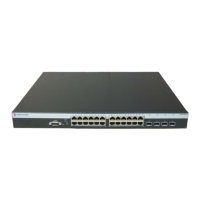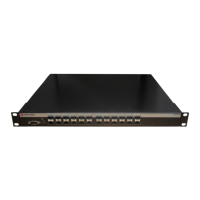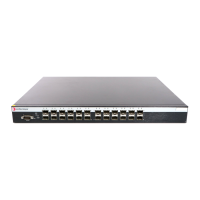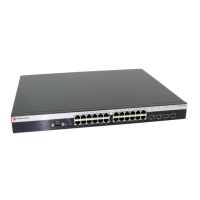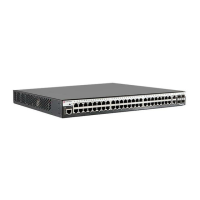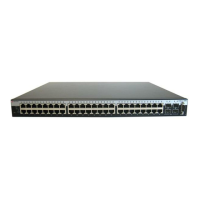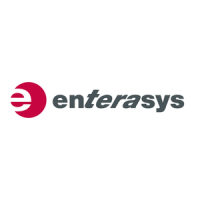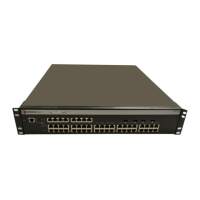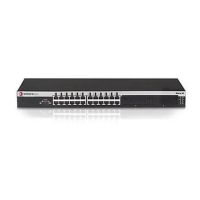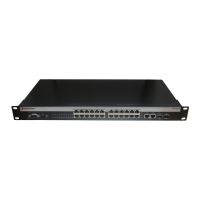IPv6 Neighbor Discovery
25-12 Configuring and Managing IPv6
Neighbor Solicitation Messages
Neighbor Solicitation messages are sent on the local link to determine the link-local address of
another node on the link, as well as to verify the uniqueness of a unicast address for DAD.
Neighbor Solicitation messages are also used to verify the reachability of a neighbor after the link-
local address is known.
Use the ipv6 nd ns-interval command to configure the interval between Neighbor Solicitation
messages sent on an interface.
Use the ipv6 nd reachable-time to configure the length of time within which some reachability
confirmation must be received from a neighbor for the neighbor to be considered reachable.
Router Advertisements
Router Advertisement (RA) messages are periodically sent out each IPv6-configured interface on
the router. The messages are sent to the all-nodes multicast address. RA messages are also sent in
response to router solicitation message from hosts.
RAs typically include the following information:
• The amount of time, in seconds, that this router should be used as a default router.
• A list of prefixes used for on-link determination and/or autonomous address configuration.
Flags associated with the prefixes specify the intended uses of a particular prefix. Hosts use
the advertised on-link prefixes to build and maintain a list that is used in deciding when a
packet’s destination is on-link or beyond a router. Hosts can use the advertised
autoconfiguration prefixes to perform autonomous (stateless) address configuration, if
stateless configuration is allowed.
• The “other stateful configuration” flag. When the flag is true, end nodes should use stateful
autoconfiguration (DHCPv6) to obtain additional information (excluding addresses). When
the value is false, end nodes do not. Refer to RFC 4862, “IPv6 Stateless Address
Autoconfiguration,” for more information.
• The length of time within which some reachability confirmation must be received from a
neighbor for the neighbor to be considered reachable.
You can configure the following RA parameters:
• Whether router advertisements should be transmitted on the interface.
• The time interval between RA transmissions.
• The router lifetime value, which indicates the length of time the router can be used as a default
router. You can also specify that the router should not be used as a default router.
• The value of the “other stateful configuration” flag.
• The list of prefixes for on-link determination and/or autonomous address configuration.
• The amount of time a node considers a neighbor reachable.
Cache Management
Use the show ipv6 neighbors command to display the IPv6 Neighbor Cache.
Use the clear ipv6 neighbors command to clear all the dynamically learned entries in the cache, or
an entry on a specific interface.
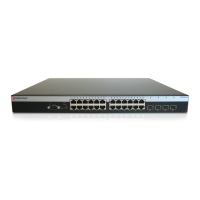
